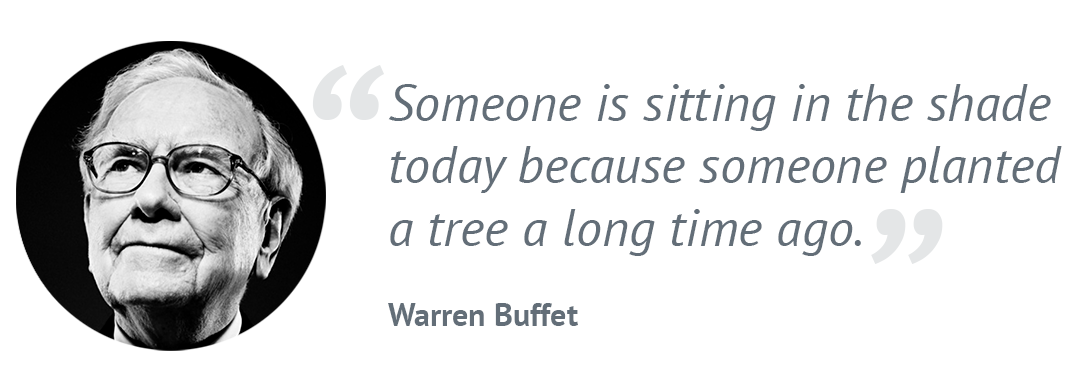
Shrinking attention spans.
Increased competition online.
C-suites demanding more from their marketing teams.
These are just a few of the challenges healthcare marketers must face…
And then there’s the budget.
In today’s age of extensive data collection and tracking, more and more healthcare companies are looking for measurable returns on investment instead of vague terms like “exposure,” “brand awareness,” and “visibility.”
Wouldn’t you like to make your marketing more cost-effective and results-oriented? Whether you’re working with a shoestring budget, experiencing cutbacks, or just looking to get a little more from the money you spend, here are a few ideas for getting measurable results with smaller budgets.

Image credit: Pexels
One of the biggest paradigm shifts in healthcare is the way patients are seeking treatment. While they used to leave the work to a trusted medical professional, today they’re proactively turning to technology to educate themselves and assess their healthcare options.
This is an excellent opportunity for you to realign your marketing to fit that mold. How? By creating the very content patients are digesting before they seek treatment.
You can use content to raise awareness of an overlooked health condition, discuss symptoms, offer wellness and prevention tips, and even give friends and family members an idea of how to support their loved ones. Topics are limited by only your imagination.
This content is absolutely free to create. All it requires is your time and expertise. Even with zero budget, you could potentially produce better content than your most well-funded competitors. Focusing on “evergreen” content – topics that will be just as relevant months and years down the line as they are today – ensures you’ll get the most out of each of these marketing assets.
Great content helps you build relationships with potential patients long before they’re ready to make healthcare decisions. It shows them that you know what you’re talking about, which increases credibility and trust. It also increases your rankings in search engines, drawing even more visitors by way of free traffic.

Image credit: Rainer_Maiores
A staggering 40 percent of healthcare seekers say that the information they find on social media influences their healthcare decisions.
You probably don’t need to be reminded just how popular these platforms have become. In only a few years, they’ve gone from nonexistent to an essential part of the way we spend our time – an average of over two hours a day and growing.
This makes sense with our crushing work schedules and fast-paced lives. We aren’t always able to sit down and have long chats with friends, but we can spare a few minutes to bond on social media. These virtual communities are becoming just as important as real-life ones.
Healthcare marketers can become active leaders on these platforms with little to no financial investment. Again, the investment here is time. You’ll be successful only if you navigate the learning curve of each platform and focus your efforts on building relationships instead of self-promotion.
An active, consistent social media presence shows followers that you care about much more than just bringing in business. With time, you can build safe places where people can form their own communities with others facing similar health challenges. In today’s hectic world, that’s an invaluable asset!

Image credit: skeeze
A lot of healthcare marketers are so desperate to launch that next slick campaign (or regretting they don’t have the budget for it) that they overlook some of the most effective marketing assets they already have: kind words from patients.
There is no replacement for a positive testimonial. They’re often considered the most effective form of marketing content, and they’ve been proven to influence healthcare decisions.
You might have some of these stories ready to go already, told in your patients’ own words instead of flashy marketing speak. Are you using them to their fullest potential?
This user-generated content doesn’t cost you anything, and it helps ease the burden of constantly having to come up with content ideas. It’s a great way to captivate an audience because it goes beyond statistics to the real-life impact on individuals. It gives people heroes to root for and relate to. And asking your patients to contribute to this cause makes them feel appreciated and valued.

Image credit: 5688709
Today’s healthcare patients are savvy. They’re proactive and informed on the issues. If they’re exposed to a large number of marketing messages that don’t quite fit what they’re looking for, they won’t be fooled.
It’s time to embrace a different angle – one that goes beyond statistics and all the rational reasons why your audience should choose your brand instead of someone else’s. We can still recognize the importance of those appeals while making our messaging resonate on an emotional level.
This two-pronged approach- engaging patients’ head and heart- lies at the core of our approach here at Bloom.
Your marketing can reflect that, too. Instead of simply listing statistics about why your brand is the best choice, tell a story about a single patient– how difficult his or her life was before seeking treatment, and just how much it changed for the better afterward.
Don’t be afraid to let patients look beneath the hood of your brand either. Build trust by showing them who you are and what you stand for by explaining why you do what you do and what gets you up in the mornings. Showcase your employees’ personalities. Stay professional, but have a little fun with it.
This doesn’t cost you anything more than a commitment to being open and vulnerable. And it can quickly become your secret advantage over competitors with larger marketing budgets.
With all the digital tools available today, there’s no reason why healthcare marketing must be expensive to be effective. Some of the most powerful strategies can be done for little to no financial cost.
Just don’t forget to consider the opportunity costs. A financially free strategy might require more working hours to get off the ground than you’re willing to spend. If you have any doubts, tracking your results regularly will reveal which strategies need tweaking and which ones are paying off.
